It took some time, but running shoe manufacturers finally realized that women aren’t just small men—they require a running shoe designed specifically to fit their unique bio-mechanics, including wider quadriceps angles (Q-angles), lower body mass and narrower foot shape. Selecting the best running shoes for women involves taking all these particular into account, as well as evaluating your personal needs.
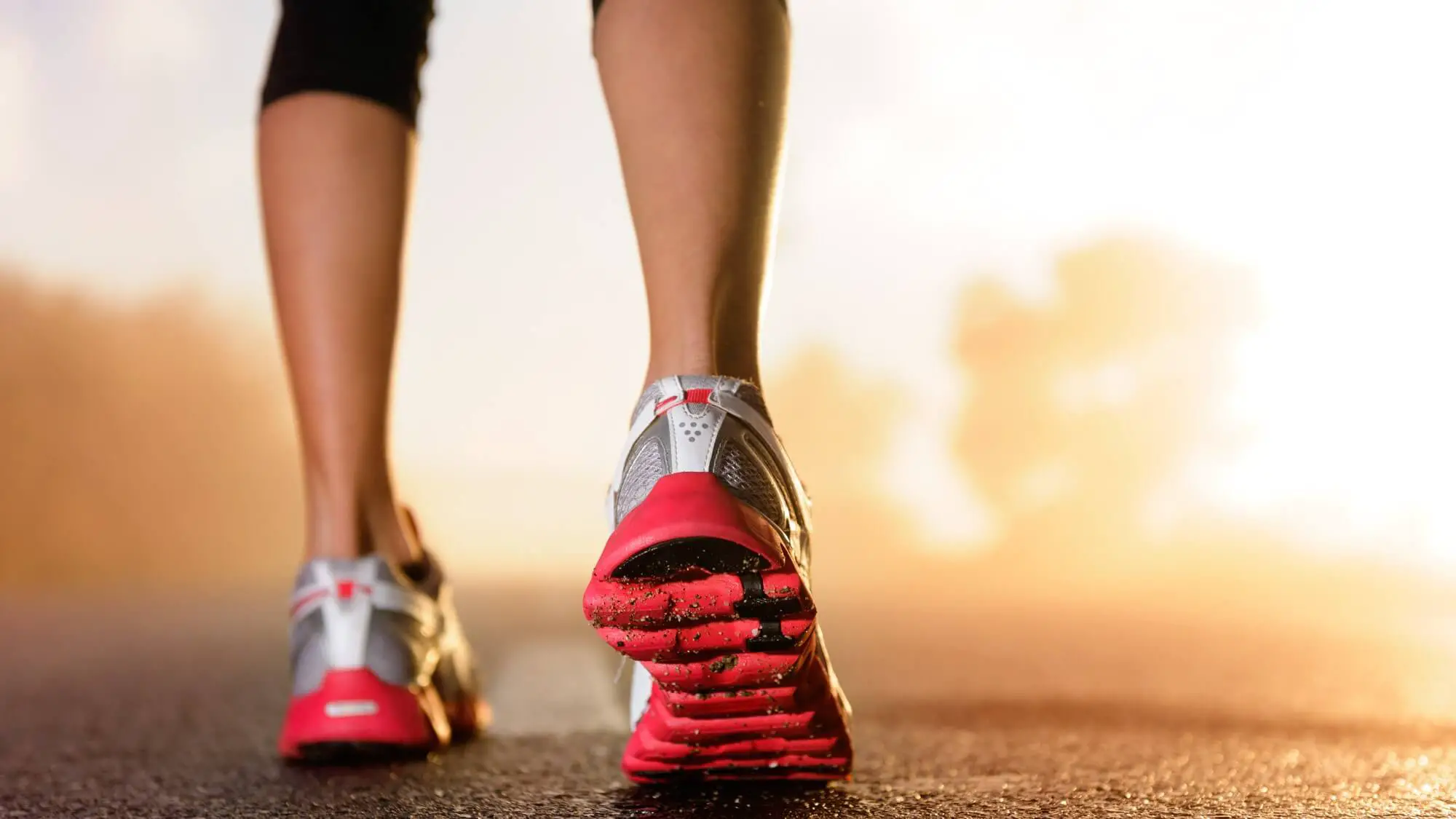
Manufacturers have also recognized that women make up a substantial chunk of the running shoe-buying market and deserve their attention. According to data collected by Running USA, in 2019, more than 10.7 million women completed a race of any distance, compared to just 8 million men.
Fortunately, this increased recognition of the needs and prevalence of female runners has led to a sea change in terms of the quality and variety of running shoe options being designed for women, with outstanding choices available in every category from beginners’ shoes to racing models.
Keep reading to learn more about why it’s essential to wear shoes designed to support your individual goals and bio-mechanics, get tips for finding the best shoes for you and discover the top-rated shoes in more than a dozen categories.
Our Selections for the Best Running Shoes for Women
There is such a large variety of features and facets that are crucial to those looking to improve their running game that this was a tough selection process. It made things very difficult to truly stick with a single “best of” list, and to narrow things down even further to shoes that we considered strong enough to purchase and extensively test on our own.
One note: if you have more specialized needs, we have specific articles on Running Shoes for Flat Feet and Running Shoes for Plantar Fasciitis that provide more extensive recommendations in those areas.
- Best All Around: Brooks Ghost 14
- Best for Crazy Performance, Racing: Nike VaporFly Next% 2
- Distance Road Running: adidas UltraBoost 22
- Best for 5k and 10k Racing: adidas Adios 6
- Best Entry-Level Running Shoe: Nike Air Zoom Pegasus 38
- Medium to Long Distance: Hoka One One Carbon X2
- Best Trail Running Shoes for Women: Brooks Catamount
- Best for Flat Feet and Plantar Fasciitis: Asics Gel-Kayano 28
- Maximum Cushioning: Hoka One One Clifton 8
- Best on a Budget: Saucony Kinvara 12
How We Tested the Shoes
At ShoeGuide we put a ton of research into the shoes we select as the best in any category, and selecting the best women's running shoes was no exception. If you want to see some of our expertise, feel free to check out our complete glossary of proper shoe anatomy in our article Anatomy of the Shoe. Doing so can make you aware of the terminology, and hopefully highlight some shoe features to watch for when researching and buying running shoes.
There are a number of different types of runners and they are engaged in a bunch of different types of running: from beginners to experts, from road racing to trail running, and from women with flat feet to those with bad knees, there is no end to the features you might be looking for. We broke things down into a few categories:
- Road Running Test. Pretty much what it sounds like. We took the shoes out on a road running course over a number of days and with different run conditions. Here in sunny Boulder, Colorado, we did have to wait for rain to get in some good wet running conditions to test out, but we persevered!
- Hills Test. We're not talking about mountains here, but running up and down some hilly areas puts different stresses on the shoes. We chose a course in the area with some good hilly stretches to get a good idea of how the shoes performed when it wasn't all flat roads.
- Trail Running Test. Again, we're in Boulder, so finding good trail running wasn't too hard. We put all of the trail specific models through a solid trail running course over several weeks to see how they held up.
In order to really put these shoes to the test, we also did a lot of research and outreach to women runners locally and nationally to get a broad cross-section of what experiences other people had with the shoes. We did this for all of the top selections to see which ones had consistent quality across a lot of runners who have their own running conditions and body and foot type.
That said, we started logging miles in various conditions. The three primary routes that we conducted tests in are the ones described above, and we think they give a pretty good base from which to make an informed judgement on the shoe. As manufacturers release new models, and readers write in with new suggestions we purchase them and put them through the same testing process so we have a sort of standard baseline. We think it produces good results and hope you agree!
The Best Running Shoes for Women - Detailed Reviews
1. Brooks Ghost 14
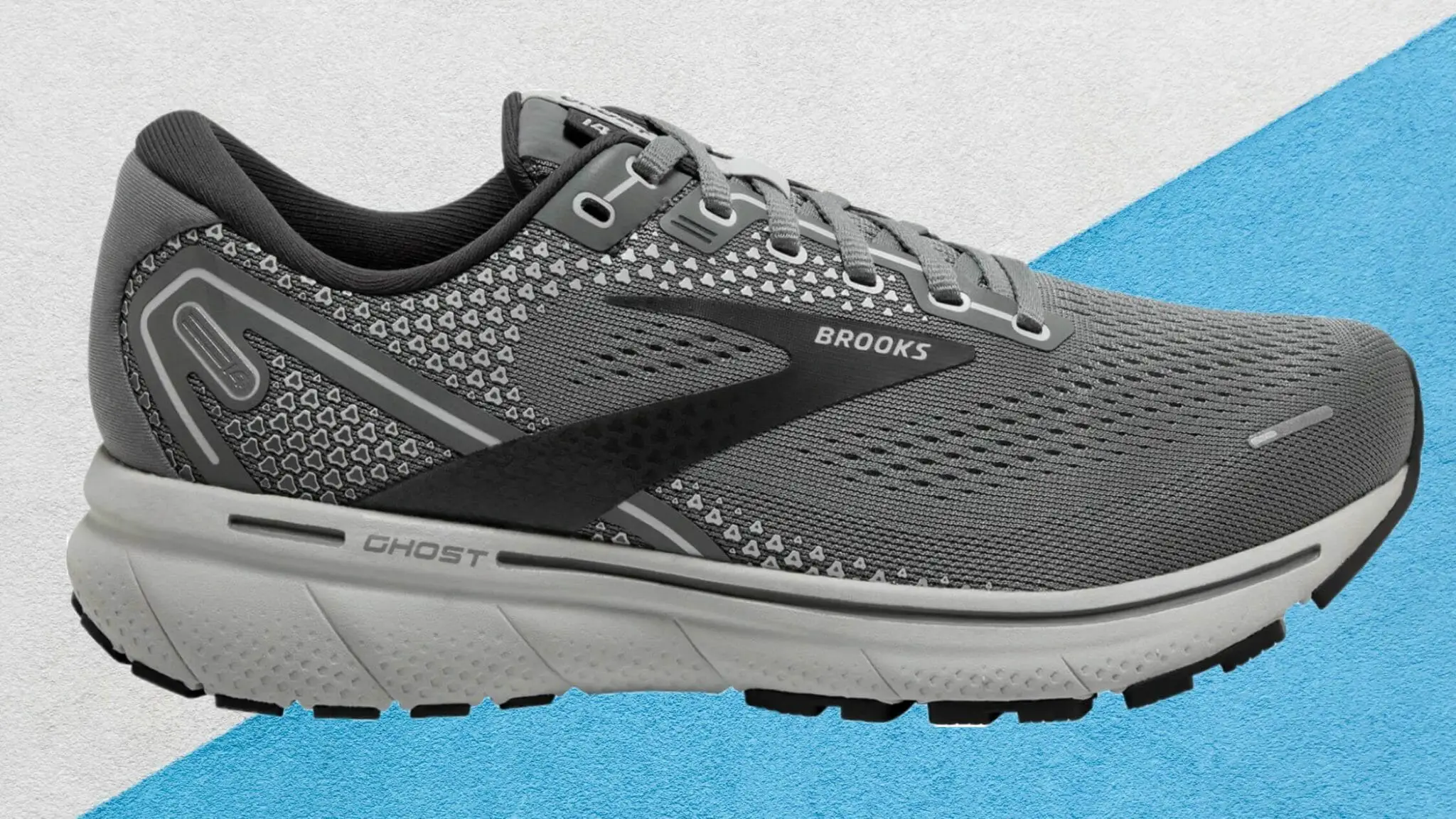
The Brooks Ghost has become a perennial favorite of thousands of runners thanks to its nearly-perfect balance of support and speed, and the Ghost 14 retains all the attributes runners love about the shoe. As with the prior version, it includes a dual-design midsole, with DNA Loft cushioning in the heel and BioMoGo DNA cushioning for responsiveness in the forefoot.
Brooks did tweak the design of the engineered mesh upper, replacing the overlays with 3D Fit Print to shave weight from the shoe; however, the new material does retain a bit more heat than the old design.
Overall, the Ghost 14 is one of the most well-rounded women’s running shoes on the market today, with plenty of cushioning for longer distances and sufficiently light total weight for interval and tempo runs.
Pros
- Cushioned but responsive midsole featuring DNA Loft and BioMoGo DNA
- Effective shock absorption from segmented crash pad design
- More than two dozen color options
- Comes with Brooks’ 90-day Run Happy return guarantee
Cons
- Engineered mesh upper tends to trap heat
2. Nike VaporFly Next% 2
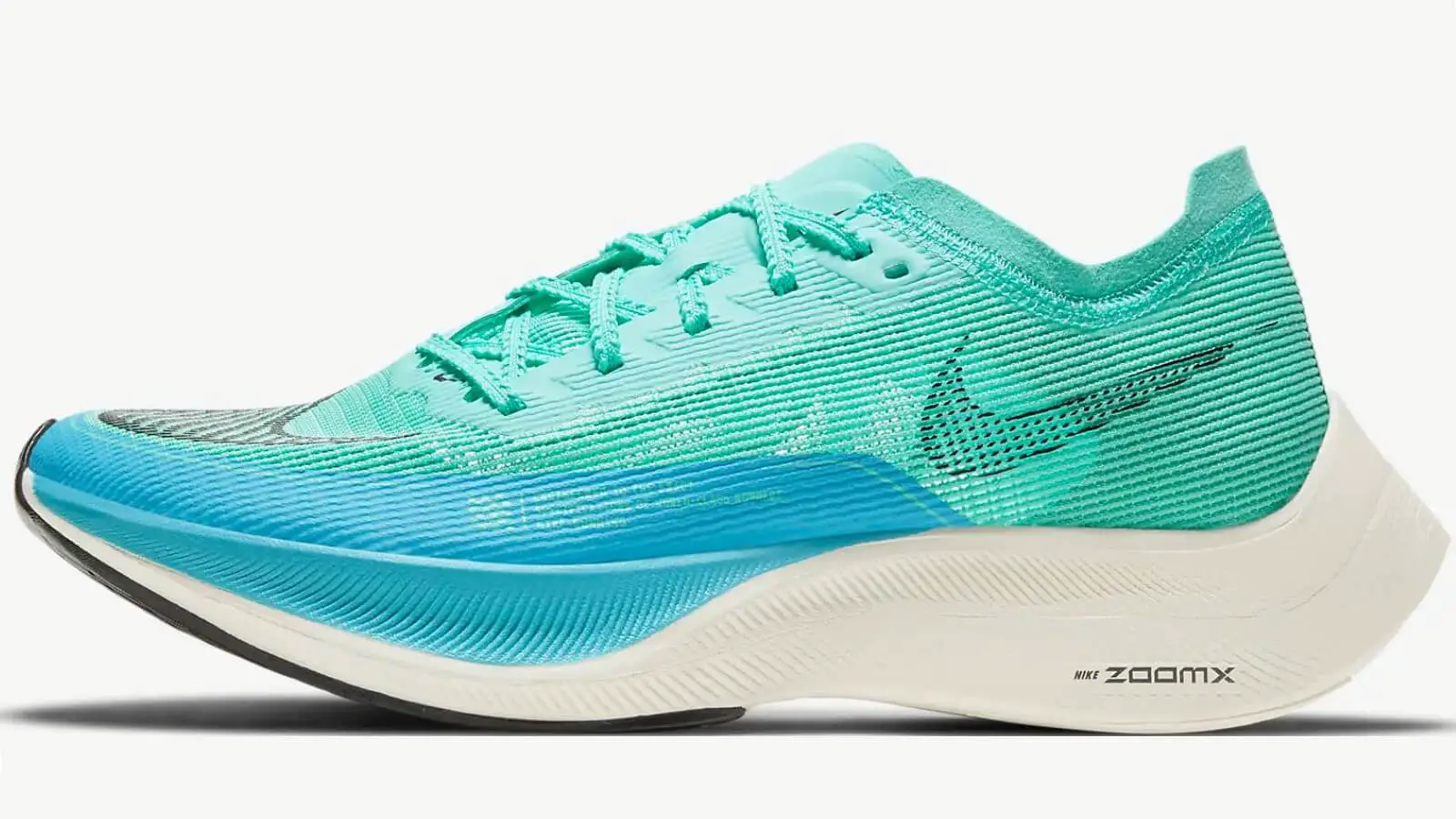
You may have heard the buzz about the Nike ZoomX VaporFly NEXT% 2 and its ability to propel wearers to personal bests, and we can attest that the hype is real. The shoe combines two of Nike’s most innovative technologies—ZoomX foam and VaporFly material—for a blazing fast ride.
The shoe’s midsole includes added ZoomX foam and a full-length, carbon fiber plate to propel you to faster paces, while the featherweight, water-resistant VaporWeave upper wicks away sweat and water to keep you light on your feet in all conditions.
The drop has been reduced from 11 millimeters to 8 millimeters to reduce weight and deliver a more responsive ride. Redesigned forefoot rubber and the addition of longer rubber strips near the heel will improve traction, particularly for heavier runners.
The ZoomX VaporFly Next% 2 also offers improved fit over previous VaporFly models, with offset lacing to reduce pressure on the top of the foot while maintaining a close midfoot fit. The offset design also eliminates the need for padding on the tongue, which drops a few more grams from the shoes’ total weight. It also delivers an increasingly stable ride and better handling on corners.
Pros
- High energy return and lightweight design enhance running efficiency
- Most effective shoe for attempting personal bests
Cons
- Very expensive
- Puckering around ankle collar prevents snug fit
3. adidas UltraBoost 22
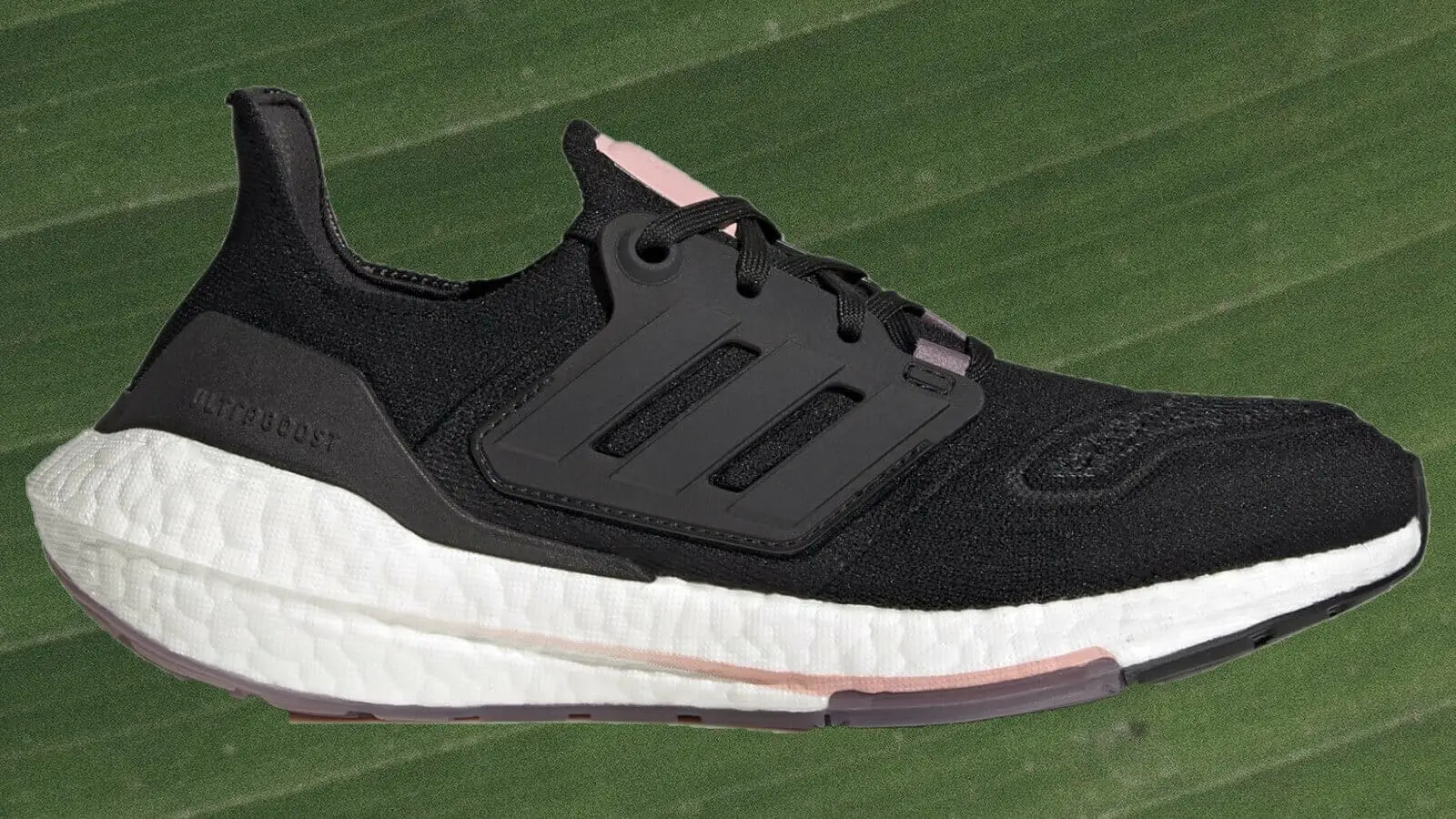
Born from a partnership between Adidas and the International Space Station (ISS) National Laboratory, the UltraBoost 22 is a futuristic-looking shoe whose performance matches its snazzy exterior.
From a purely aesthetic standpoint, the UltraBoost 22 is a masterpiece. An iridescent gradient on the mid-sole shimmers in the light, and the tongue and footbed feature ISS-themed designs. The sparkling Primeknit upper features reinforced stitching for just the right amount of structure. The padding on the elastane heel offers plenty of cushion for medium- to long-distance runs on asphalt or concrete.
Pros
- Attractive exterior design
- Good heel cushion
- Roomy toe box
Cons
- Expensive
- Heavy
4. adidas Adios 6
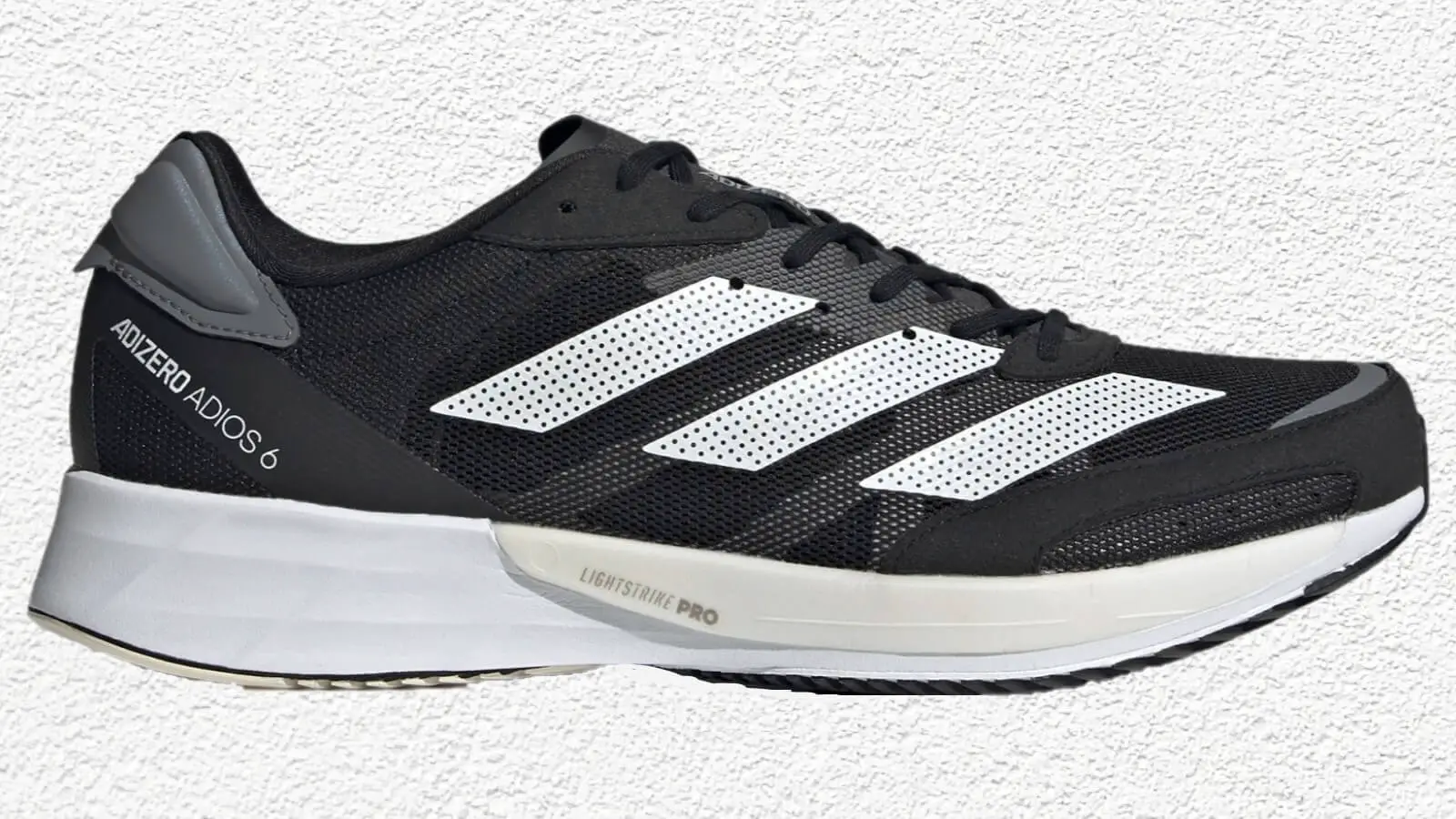
This elite-class shoe incorporates the latest innovations in adidas technology, including the same responsive foam and featherlight upper used in the latest adidas premium running shoe offerings. The mid-sole provides maximum cushioning and minimal weight, while the blown-rubber out-sole excels at shock absorption and provides the traction you’ll need to blaze through your next 5K.
The tapered heel collar provides a comfortable fit with no Achilles irritation; an angled heel delivers a smooth transition from heel strike to push-off.
Pros
- Lightweight, breathable upper
- Ample cushioning provided by innovative ZoomX foam
- Optimal traction for racing speed
Cons
- Expensive
- Upper wears out quickly
5. Nike Air Zoom Pegasus 38
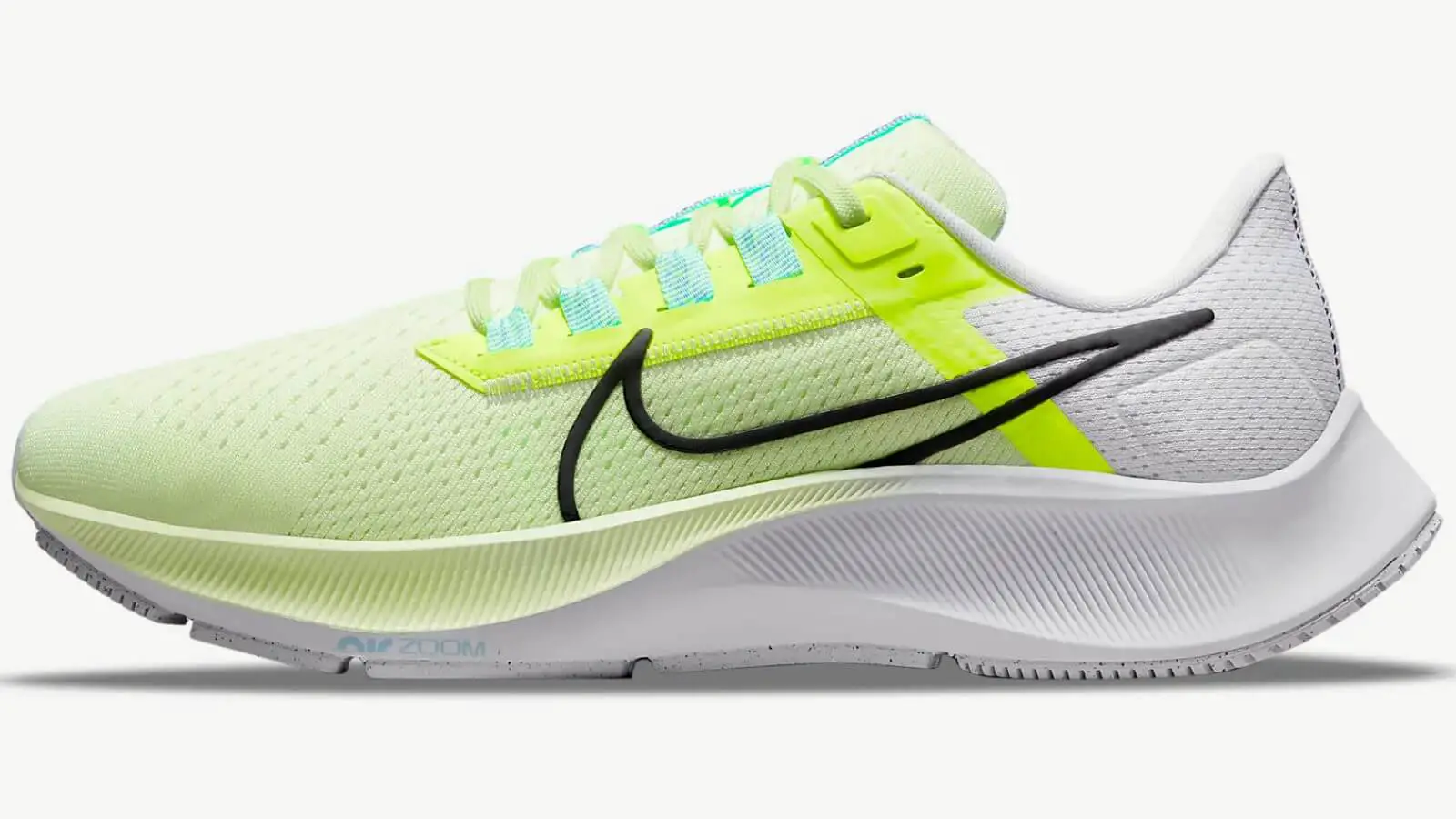
As evidenced by its name, the Nike Air Pegasus has been around for more than 30 years, outlasting hundreds of other shoe models (and even a few shoe companies). The staying power of the Pegasus is a testament to its well-rounded fit and performance, making it an outstanding choice for beginning runners. While it lacks the latest cutting-edge technology or specialized design, it’s a well-cushioned, durable shoe that works well for most runners, regardless of their build, stride or mileage.
This hardworking shoe includes a responsive Nike Air pod that spans the midsole, breathable Flymesh construction and an aerodynamic shape. Enlarged lugs on the sole add traction for use on both roads and trails. You can even make it your own with custom colors and up to 12 characters of text on the tongue.
Pros
- Snug, comfortable upper
- Excellent traction
- Streamlined design
- Works well for beginning and average runners
Cons
- Lacks advanced technology of more specialized models
- Not the best choice for speedwork or competitive racing
6. Brooks Catamount
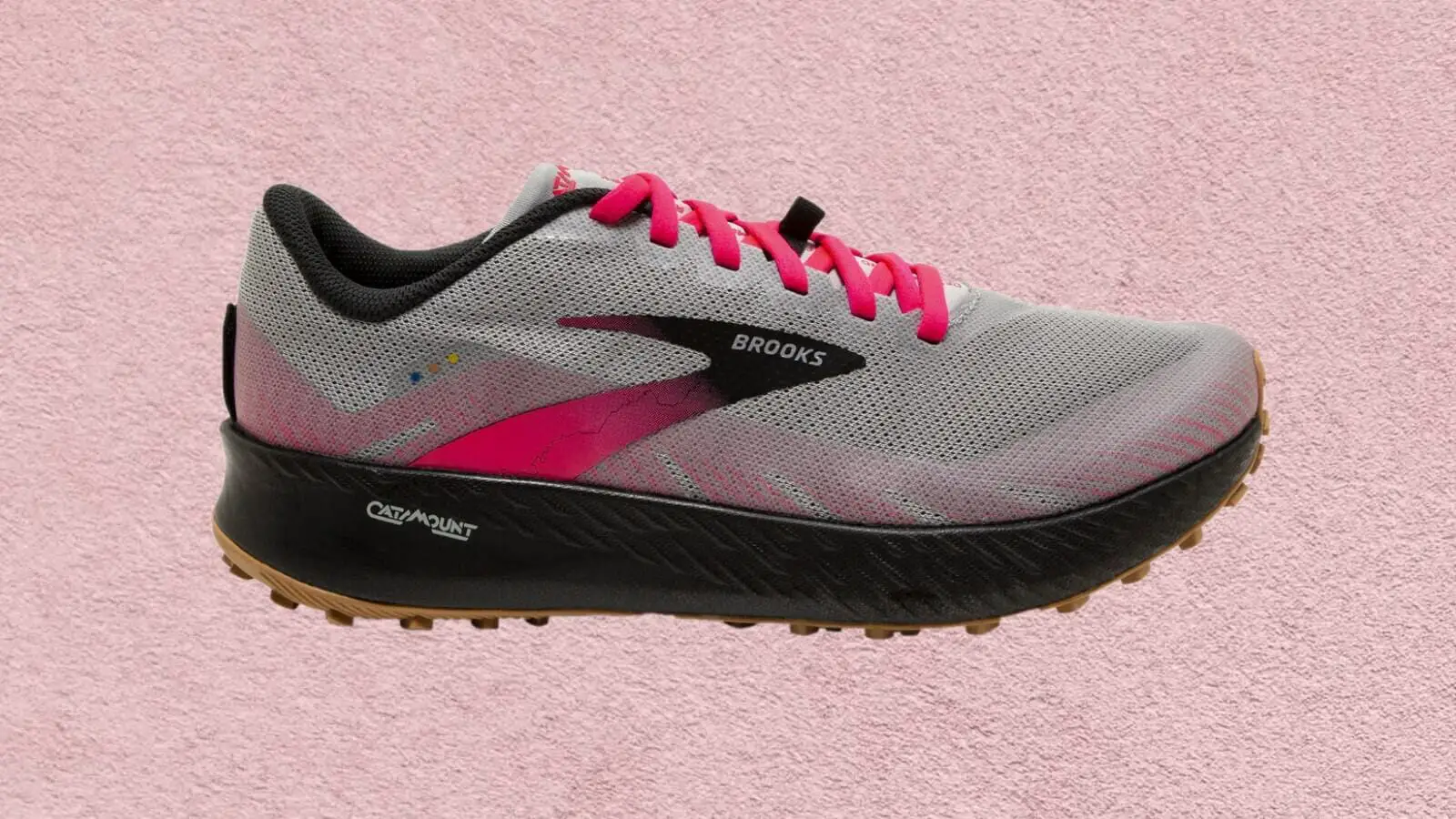
The Brooks Catamount is an extremely versatile shoe that performs beautifully on the trails while also delivering a solid ride on the road. The Catamount provides best-in-class traction, with wide lugs that grip dirt, grass and rock with ease.
Like all Brooks models, it offers excellent EVA cushioning to protect the feet and legs from repetitive-motion injuries while adding stability for navigating uneven terrain. This shoe is ideal for all trail runners, but it’s particularly well-suited for injury-prone or high-mileage runners looking for maximum shock absorption.
Pros
- Outstanding traction
- Solid underfoot protection
- Surprisingly lightweight
- Multiple widths
- Water-resistant
Cons
- Heavier than previous models
- Narrow forefoot
- Slightly wide heel
7. Asics Gel-Kayano 28
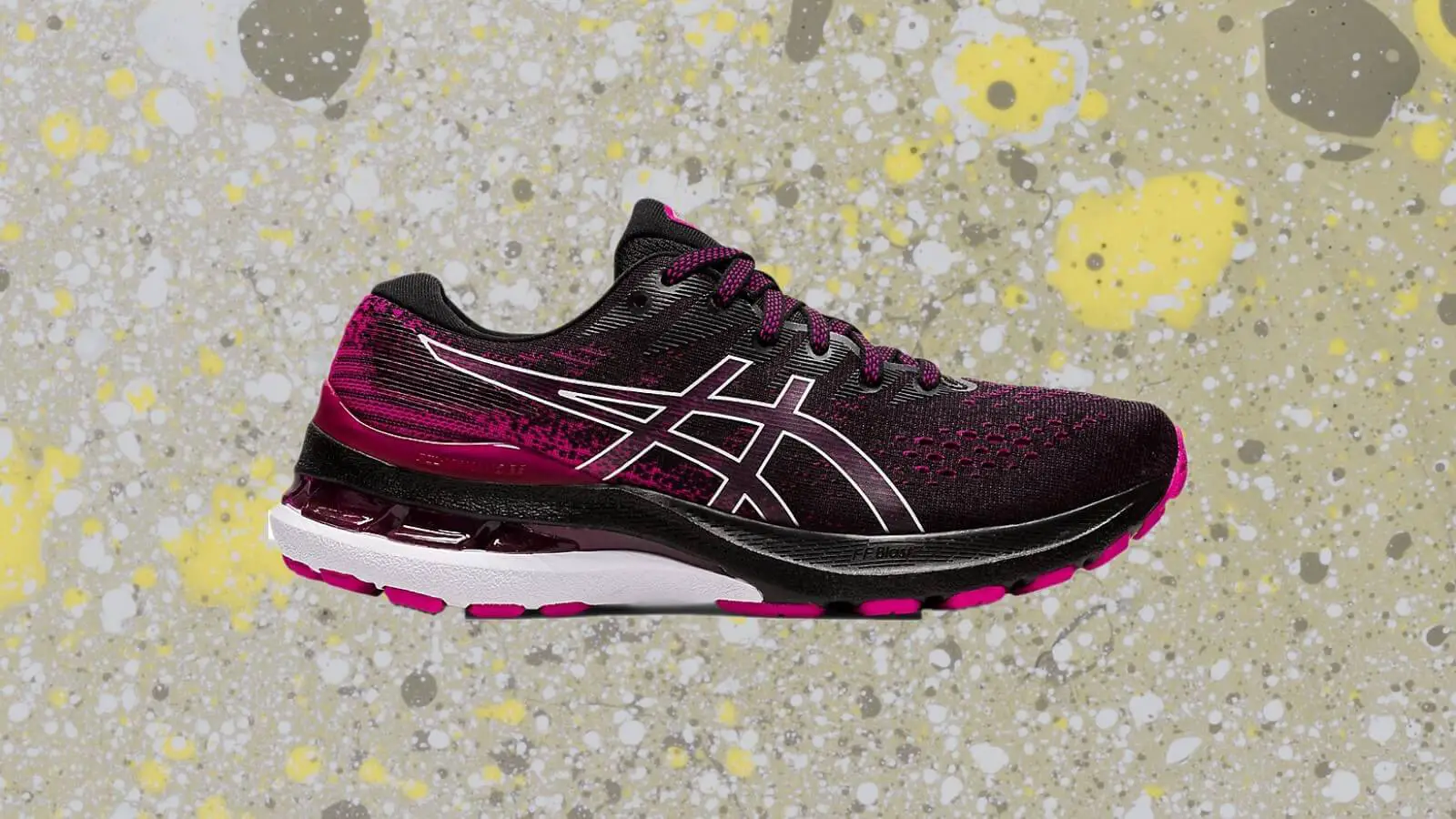
If you’ve had aches, pains or injuries to your feet—including the excruciating experience of plantar fasciitis—you know how important good shoes can be for keeping your feet healthy. The Asics Gel-Kayano 28 has always been a reliable choice for sensitive and injury-prone feet, and the 20th edition is no exception. With the same stability features and some significant upgrades, the Adrenaline is better than ever.
With the Gel-Kayano 28, Asics launched its innovative new stability feature replacing the traditional medial post integrated into most stability shoes. The Gel-Kayano 28 incorporates a slightly enhanced system to reduce pronation as well as a new engineered mesh upper to improve its fit and structure while chipping away at the shoe’s overall weight.
As with previous models, the Gel-Kayano 28 offers a cushioned, comfortable ride, with a padded tongue, high-quality sock liner and roomy toe box. The total package combines stability, flexibility and cushioning in a streamlined, attractive design.
Pros
- Enhanced Holistic Support System adds stability
- Ideal levels of cushioning and energy return
- Perfect for standard training runs and longer efforts
Cons
- Not flexible or lightweight enough for track or speed workouts
8. Hoka One One Clifton 8
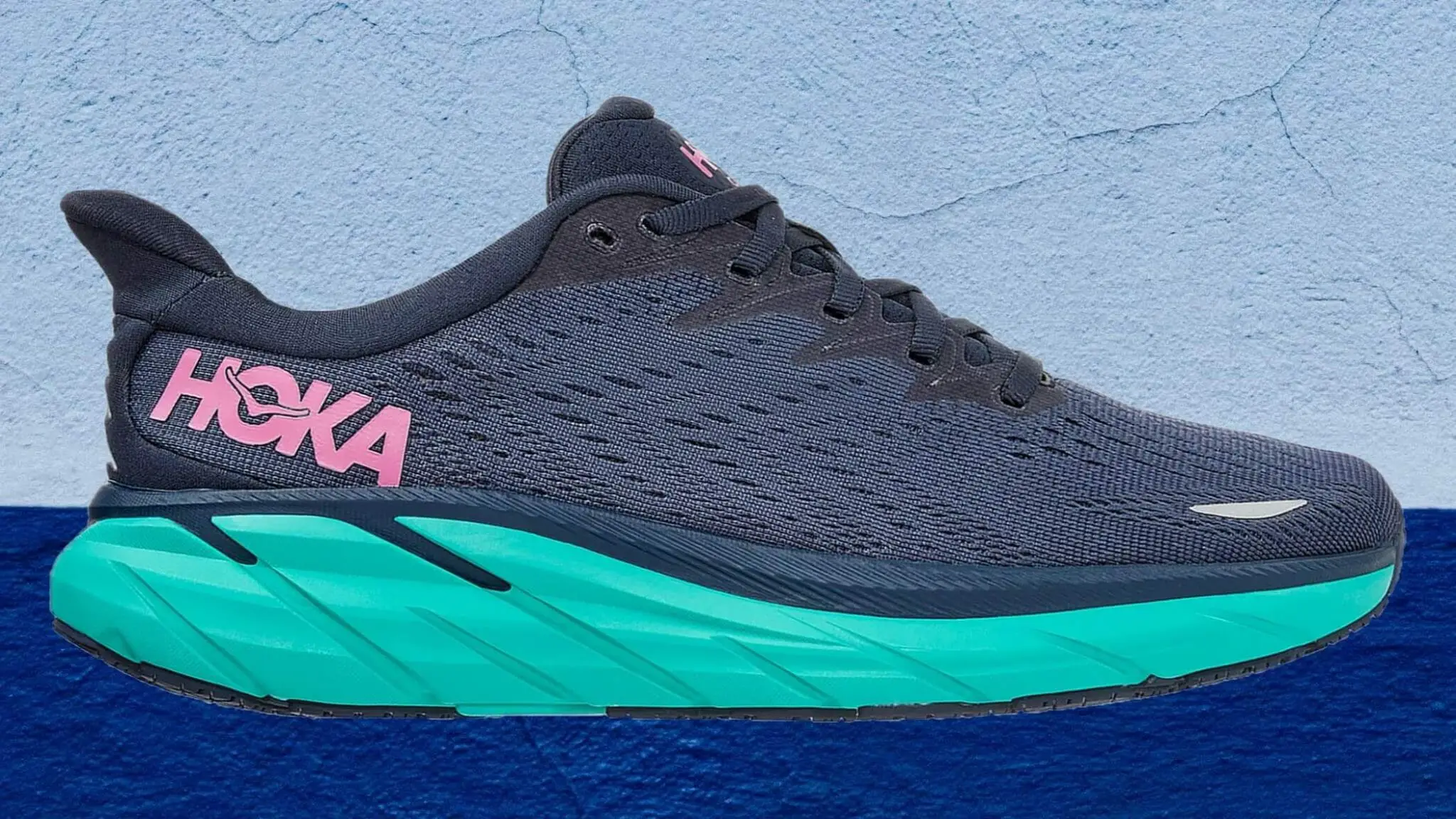
When Hoka One One first broke into the mainstream running market, some buyers balked at their bulky, marshmallow-like appearance, preventing them from experiencing the superior cushioning for which the brand is known. The debut of the Clifton helped to change that perception, combining a more streamlined design with the maximalist interior its fans had grown to love.
Now in its sixth iteration, the Clifton continues to evolve, with a sleeker exterior and slimmed-down mid-sole that maintains shock absorption without the off-putting thickness of previous versions. The engineered mesh upper enhances breathability while cutting weight, and reinforced embroidery adds structure and improved fit in the mid-foot. Hoka’s standard Meta-Rocker geometry delivers a smooth heel-toe transition and easy-flowing ride.
The Cliftons are ideal for neutral runners looking for the most comfortable, cushioned ride available. They wrap your foot in plush, cushioned comfort to keep your legs fresh through long runs and protect against the overuse injuries that too frequently sideline road runners.
Pros
- Lightweight
- Cool, breathable mesh upper
- Superior cushioning
- Streamlined design
Cons
- Maximalist ride can take some time to get used to
- Even with the sleeker exterior, the shoe still looks bulky
9. Saucony Kinvara 12
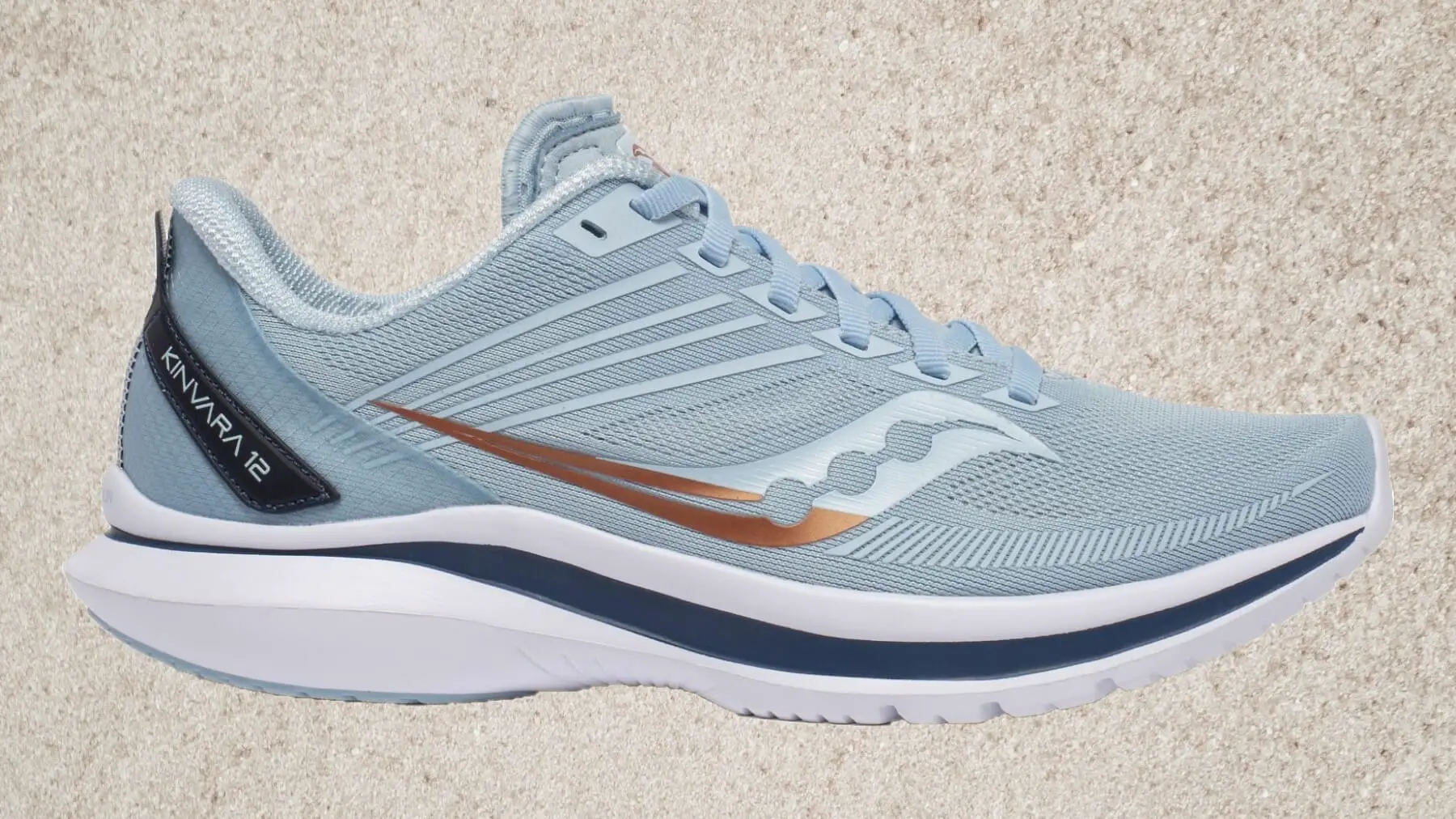
This affordable neutral trainer features an innovative EVERUN mid-sole for high energy return, with a layer of EVA foam underneath for a cushioned ride. The performance contoured foot bed cradles your foot in comfort for continued energy and reduced fatigue on long efforts.
It’s flexible enough for fast efforts, and a newly-enhanced mesh upper adjusts to support nearly every foot type. While some buyers have reported quick wear on the out-sole, the affordable price tag still makes it one of the best values available in women’s running shoes.
Pros
- Comfortable fit and feel
- Good balance between lightweight and cushioned
- Responsive ride
- Breathable upper
Cons
- Cushioning leans toward the firm side
- Out-sole wears out quickly
- Rigid heel collar
Buyer's Guide for the Best Women's Running Shoes
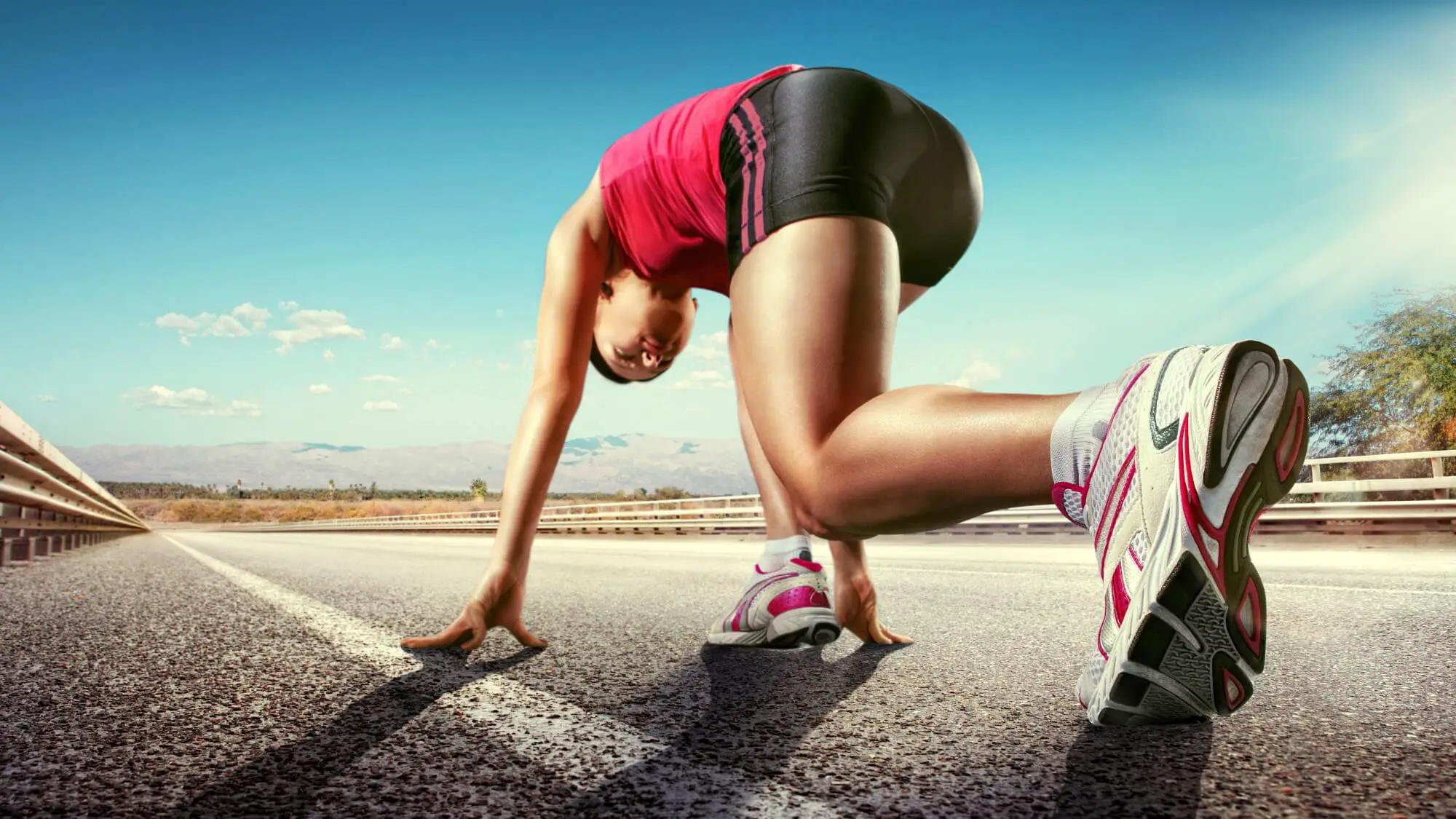
Why Do You Even Need Running Shoes?
All sports have essential equipment, from rackets and balls for tennis to clubs and tees for golf. For running, a high-quality pair of shoes is the most important piece of equipment you will buy. Running shoes provide the following critical components for helping you run comfortably, safely and injury-free.
- Mid-sole cushioning. According to the American Council on Exercise, cushioning in the mid-sole—the area between the ball of the foot and the heel—helps reduce the significant stress the act of running places on the toes, heel and ankles. Mid-sole cushioning can also improve running mechanics, which can help prevent knee, hip and back pain.
- Arch support. Runners with high or low arches require additional support in their running shoes to provide stability and correct any bio-mechanical issues that may arise due to the natural shape of their arches. Flat-footed runners in particular will experience the greatest benefit from properly-placed arch support in their shoes.
- Injury prevention. Studies by the American College of Sports Medicine indicate that the cushioning and support provided by running shoes can prevent or reduce the severity of common runners’ injuries like tendinitis, stress fractures and joint pain. Additionally, running shoes help protect the foot from injury due to debris and rough surfaces.
- Enhanced performance. The technology in today’s running shoes can actually help you run faster, thanks to energy return systems, shock absorption and other features designed to help perfect your running form and performance.
Things to Consider Before Purchasing a New Pair of Running Shoes
Level of Cushioning
Running shoes generally come in one of five cushioning levels; the right one for you may vary based on the type of run you’ll be using them for as well as any injuries or biomechanical weaknesses you might have.
- Maximum cushioning. This build includes high cushioning levels and advanced technology and is ideal for new runners whose bodies are adjusting to the repetitive motion and impact as well as injury-prone and high-mileage runners.
- High cushioning. While not quite as plush as maximum-cushioned models, these shoes still provide significant shock absorption for high-mileage and new runners. They’re also less bulky and lighter weight than max-cushioned shoes.
- Medium cushioning. These shoes provide an ideal balance of lightweight cushioning and flexibility and are perfect for runners with no known biomechanical issues or injuries. They may be used for daily training as well as longer speed workouts and races.
- Light cushioning. These very light, flexible shoes have a modest amount of cushioning to maintain connection to the road or trail. They work well for racing and fast efforts.
- Minimal cushioning. Sometimes called minimalist or barefoot shoes, these models mimic a natural running feel with just enough cushion to protect feet from rocks and other debris. Runners sometimes wear this style to strengthen their feet, hone their form and develop efficiency in their stride.
Flexibility and Arch Type
Podiatrists generally classify arch shapes into three categories: normal, low and high. While normal-arched runners can typically wear almost any shoe model with no issue, runners on either end of the spectrum need to choose more carefully.
If you don’t already know your arch type, there’s a simple home test you can perform to give you a better idea. Simply get your feet wet and step onto a brown paper bag, piece of newspaper or paper towel and examine your wet footprint. If you see a pronounced C-shaped curve in your arch or a dry space between the ball and heel, you have high arches.
A moderate curve indicates normal arches; little or no curve means you have flat feet. Runners with high arches often supinate, meaning your foot rolls to the outside toward your pinky toe; extra cushioning and shock absorption in your shoes can help correct this problem.
Runners with low arches or flat feet tend to overpronate, when the foot rolls inward and the arches flatten; shoes with an emphasis on stability are usually best for this foot type.
The flexibility of your shoe determines how well your foot can move naturally through its preferred path of motion on various types of terrain. Highly-flexible shoes can help you develop better balance and form, but if you have biomechanical issues or injuries, a stiffer, less-flexible shoe is advised. You may also want a firmer shoe structure if you plan to run frequently on trails or other unstable surfaces.
Insoles: Yes or No?
There are three basic schools of thought when it comes to insoles. Some people believe that all runners can benefit from insoles for extra cushioning and support; others claim only runners with specific foot or injury issues need insoles.
The third camp insists that insoles prevent the feet from developing strength and proper form and that no one should use them (these folks also tend to be devotees of minimalist shoes). That said, the following criteria can help you determine if you might want or need to use insoles.
- Foot pain. Recurring pain in your feet—especially in the arch or ball of your foot—can mean your shoes aren’t providing the level of cushioning and support you need. Insoles can help supplement both of these areas, preventing injury and even long-term damage.
- Heel pain. Sharp pain in the heel is often an indicator of plantar fasciitis, a chronic condition that can sideline runners for months if not adequately and quickly addressed. Inserts can provide additional cushioning to minimize the impact of heel striking and correct any imbalances or flaws in your gait.
- Excessive shoe wear. Examining the wear on your shoes’ exterior can tell you a lot about your gait. If the soles wear more heavily on the outside, you may be supinating; heavy wear on the inside of the foot indicates over-pronation. If the bottom of the heels are more worn than other areas, you may be a heavy heel-striker. If one shoe shows greater wear than the other, you may have an imbalance or even a leg length discrepancy.
- Swollen feet. Chronically swollen feet aren’t normal or healthy and may suggest a problem with your stride. Insoles can help correct it.
Your Size Is Not Your Size
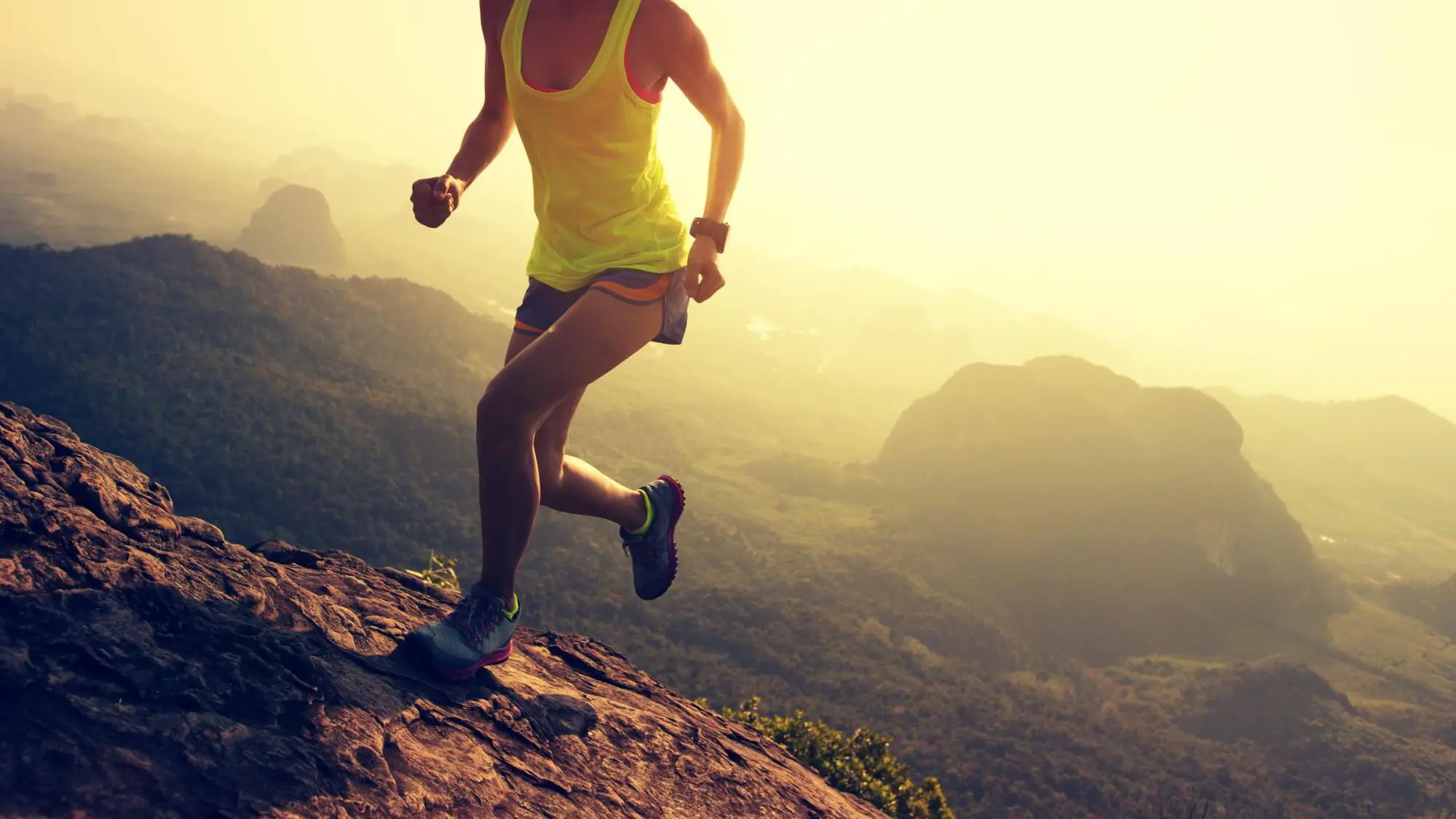
Chances are your running shoe size is different from the size you wear in dress or casual shoes. The best way to determine your correct size is to have your feet measured at a specialty running store with a Brannock Device.
If you can’t get to a store, you can approximate this process at home with a ruler. Place the ruler perpendicular to a wall with the zero end touching the wall. Be sure to wear a pair of the socks you typically use for running and put your heel against the wall adjacent to the ruler. Mark the point where your longest toe hits the ruler; this is your foot length.
Measure the other foot the same way and use the larger foot (if you have one) to calculate your size with an inches-to-size chart. Individual shoe companies also usually provide a sizing chart specific to their brand.
To truly get the best fit, you also need to measure the width of your foot. Again, the Brannock Device is the most precise tool for this task, but if you need to do it at home, place the widest part of your foot on the ruler with the edge of your foot at the zero point. Width charts are also available online to help you determine whether you need a narrow, medium or wide shoe.
The Time of Day You Buy is Important
Your feet swell throughout the day, so your shoes may not fit the same way in the afternoon as they did in the morning. The best way to account for swelling is to buy your shoes at the same time of day when you typically run. If your run time varies from day to day, shop for shoes in the late afternoon to account for maximum swelling.
When trying on your shoes, make sure you have a half to full thumbnail length between the tip of your longest toe and the end of the shoe. If you don’t have adequate room at the front of your shoe, you may end up with pain, blisters and black or lost toenails.
You Shouldn’t Need a Break-In Time
Running shoes that fit properly won’t require much—if any—break-in period and should fit comfortably from the first run. That said, it’s best to start with moderate mileage on the first few runs in a new pair of shoes, especially if they’re a new-to-you brand or model.
If possible, wear them around the house and on a treadmill to start so you can return or exchange them if necessary. If you experience blisters, discomfort or pain, take them back to the store. Even if they won’t refund your money, don’t keep running in them—the risk of injury just isn’t worth the price of the shoes.
When to Retire Your Running Shoes
You love your current pair, and consider them the best running shoes for women, but how do you know when it’s time to say goodbye to your current pair? Keep an eye out for these telltale signs that it’s time to go running shoe shopping.
- Worn-out rubber. “Bald spots” on the bottom sole of your shoe indicate that traction is compromised. If the rubber is especially worn in one or two areas, it could indicate inefficiencies in your gait, and the reduced uniformity in tread can exacerbate these issues and lead to injury.
- Deteriorated shock absorption. Once the foam in the mid-sole wears out, you won’t feel the usual level of energy return or “spring” in your shoes, meaning more of the impact is being transferred to your feet and legs. It can also contribute to foot instability, raising your risk of injury. You can check for mid-sole breakdown by placing your shoes on a flat surface and looking at the heel end from behind; if they lean to one side, the mid-sole is breaking down. You can also try bending the toe of the shoe toward the heel collar; if it gives easily, the mid-sole isn’t doing its job.
- High mileage. Most running shoes are built to last 300 to 500 miles. When you get a new pair, try to keep track of the miles you put on them to give you an idea of when it’s time to replace them. If you average around the same number of miles per week, you can just write the date you start using them on the shoe with a Sharpie and keep track that way. Still, keep an eye on the physical condition of the shoe; you may wear yours out more quickly or slowly than average.
- Rough surfaces. If you run frequently in wet or muddy conditions or on rocky, uneven trails, your shoes can break down faster than a shoe worn primarily on the roads. Watch for holes in the mesh upper or spots where the out-sole may be pulling away from the upper. Rinsing your shoes of mud and letting them dry properly before wearing them again can help extend their life, but avoid putting them in the dryer, which can break down adhesives.
- Single-pair wear. If you only wear one pair of running shoes day after day, they’ll wear out more quickly than if you gave them a day or two of “rest” between runs, which gives the mid-sole cushioning time to resume its original shape. If possible, buy two pairs at once and rotate them for maximum life.
Five Tips for Selecting the Perfect Running Shoe
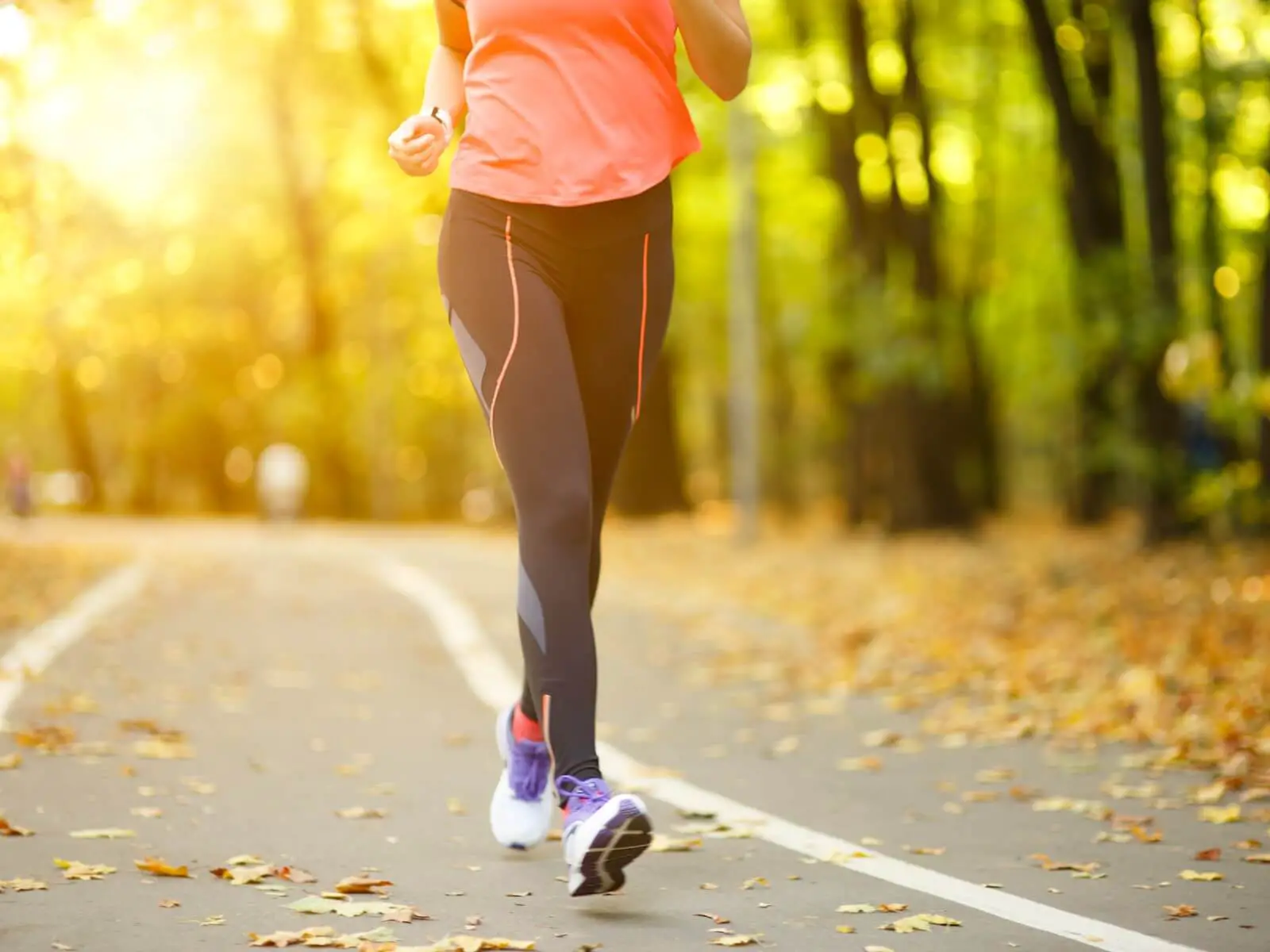
We’ve given you a lot of advice here, so if you need to reduce it to the five most important points before buying your shoes, keep these five rules of thumb in mind.
- Make sure the shoe fits correctly. Measure your feet before buying, and try the shoes on while standing up to ensure you have close to a thumb’s width of space at the front of the shoe. To check width, try removing the shoe’s insole and standing on it; if your feet go off the edges, you probably need a wider shoe.
- Go shopping late in the day. Feet naturally swell throughout the day and typically peak in late afternoon or early evening. You’ll want your running shoes to accommodate this swelling, especially if you’re a late-day runner. If possible, try to shop immediately after a typical run to approximate how your feet will feel in the shoe.
- Shop at locally-owned specialty running stores. You might get lower prices online or at big-box stores, but employees at specialty running shoes tend to have a passion for the sport and expertise to match. They’re specifically trained to fit runners’ feet and answer questions about running shoe types, brands and weights. They’re familiar with common running injuries and issues and can provide you with the best advice for finding the right shoe for your build and stride. Some running stores even have treadmills where you can take shoes for a test run, have your gait analyzed and more.
- Take the shoes for a spin. If the store doesn’t have a treadmill, ask if you can take a short run in the parking lot or at least jog around the store. Shoes that feel good while standing or walking may not be as comfortable with the different motion and impact of running. Many stores and shoe manufacturers even offer a trial period of 30 to 90 days, allowing you to return or exchange the shoes if they don’t feel right after a few runs at home.
- Replace your shoes regularly. Keep track of how many miles you’ve put on each pair and watch for the signs of deterioration described earlier. Never wear your shoes beyond their useful life, and don’t try to stretch them past the 500-mile mark. Injuries are almost always more expensive than a new pair of shoes, and you don’t want to end up unnecessarily sidelined when a new pair of shoes could have kept you running healthy. As sports go, running doesn’t require much equipment, so don’t skimp on the most important piece of equipment you’ll buy: your shoes.
Our Final Thoughts on the Best Running Shoes for Women
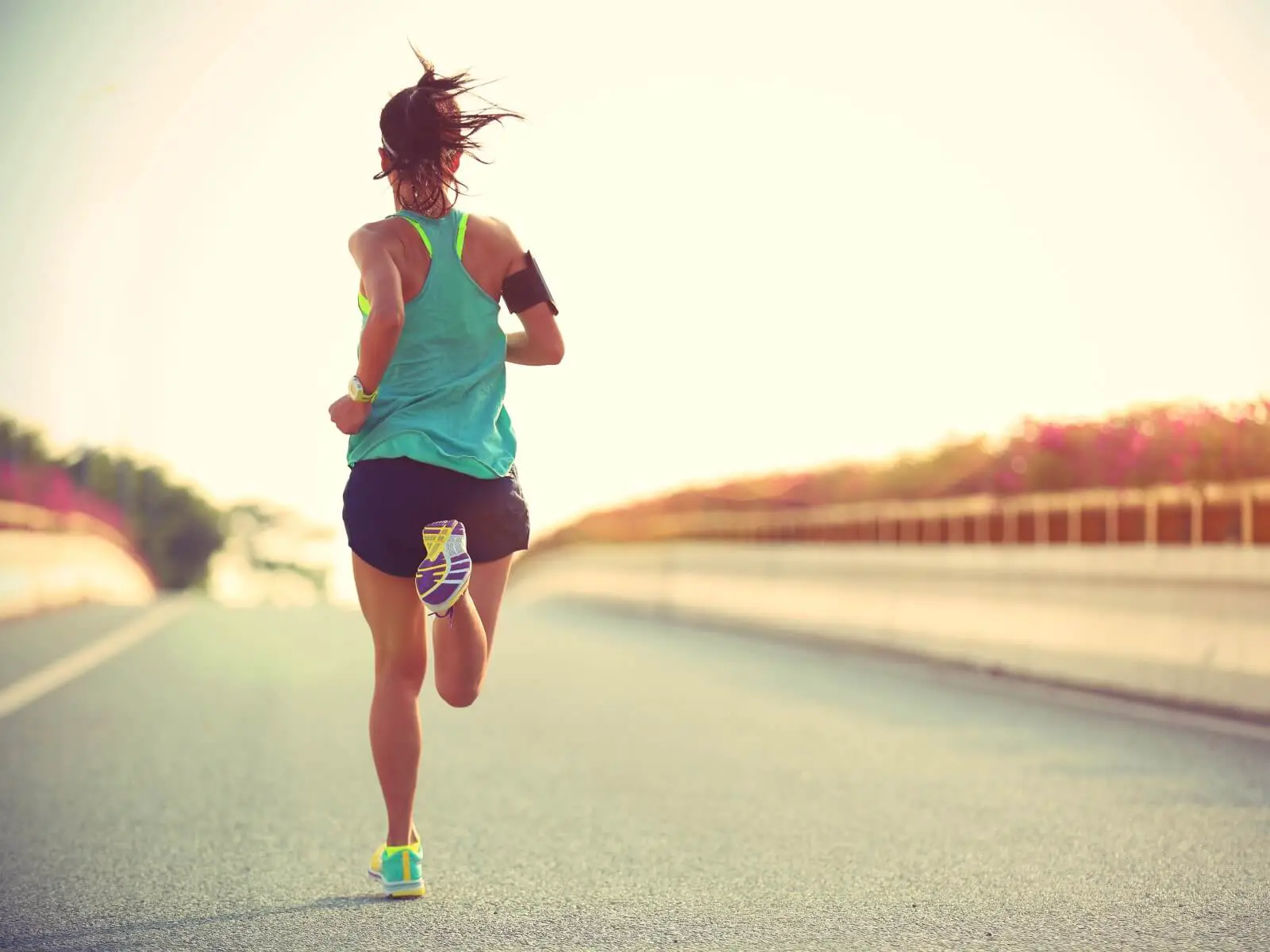
Unlike a few decades ago, when female runners were limited to just a few shoe options—most of them just smaller pink or purple versions of men’s shoes—women now have a wealth of choices for running shoes tailored specifically to their unique needs.
Use the tips and information here to help you identify the perfect shoe for your goals or select from one of our best-in-category honorees. Either way, you’re sure to enjoy hundreds of happy miles ahead.


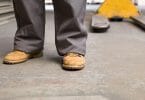
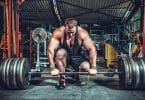
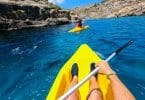

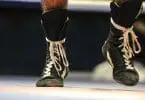

Leave a Comment